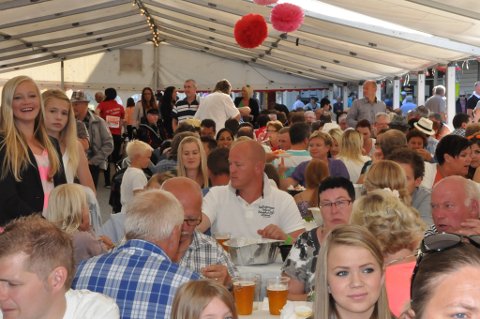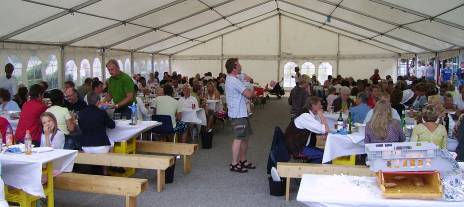Halsnøy Monastary is one of Norways oldest monastaries. It an augustinian monastary, buildt by Erling Skagge in the 11th-century. At the time it had a hospital, church, accomodations, fishery and agriculture, as well as various other workplaces. It was the augustinian munks and nuns who took care of sick sailors, soldiers, farmers and others. Halsnøy Monastary is still to this day a tourist attraction, where people from all over Norway come to visit. Just beside the monastary you can also find Sunnhordland Folk High School. Rocks from the monastary has been found around Sunnhordland. In the monastary gardens you can still find traces of herbs and other plants used for medicinal purposes.

